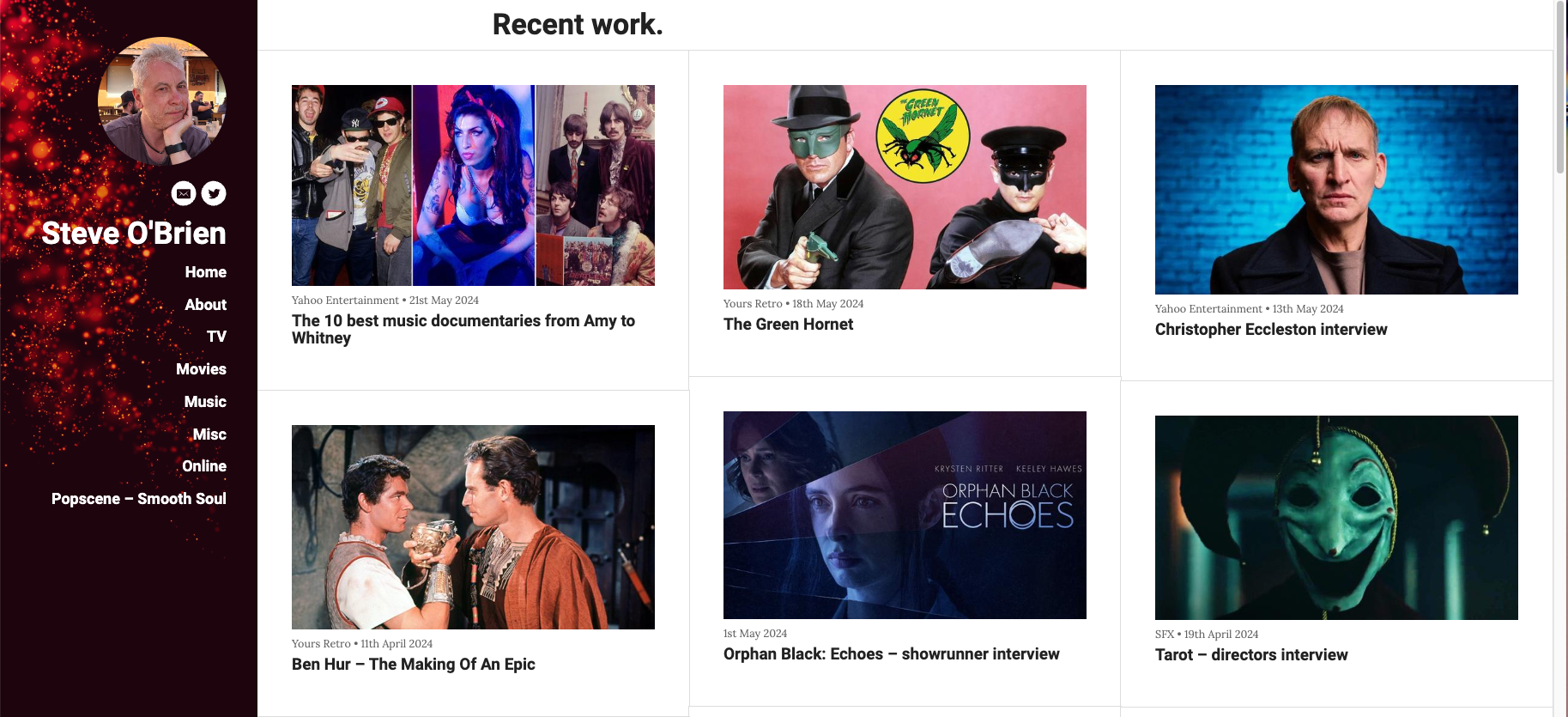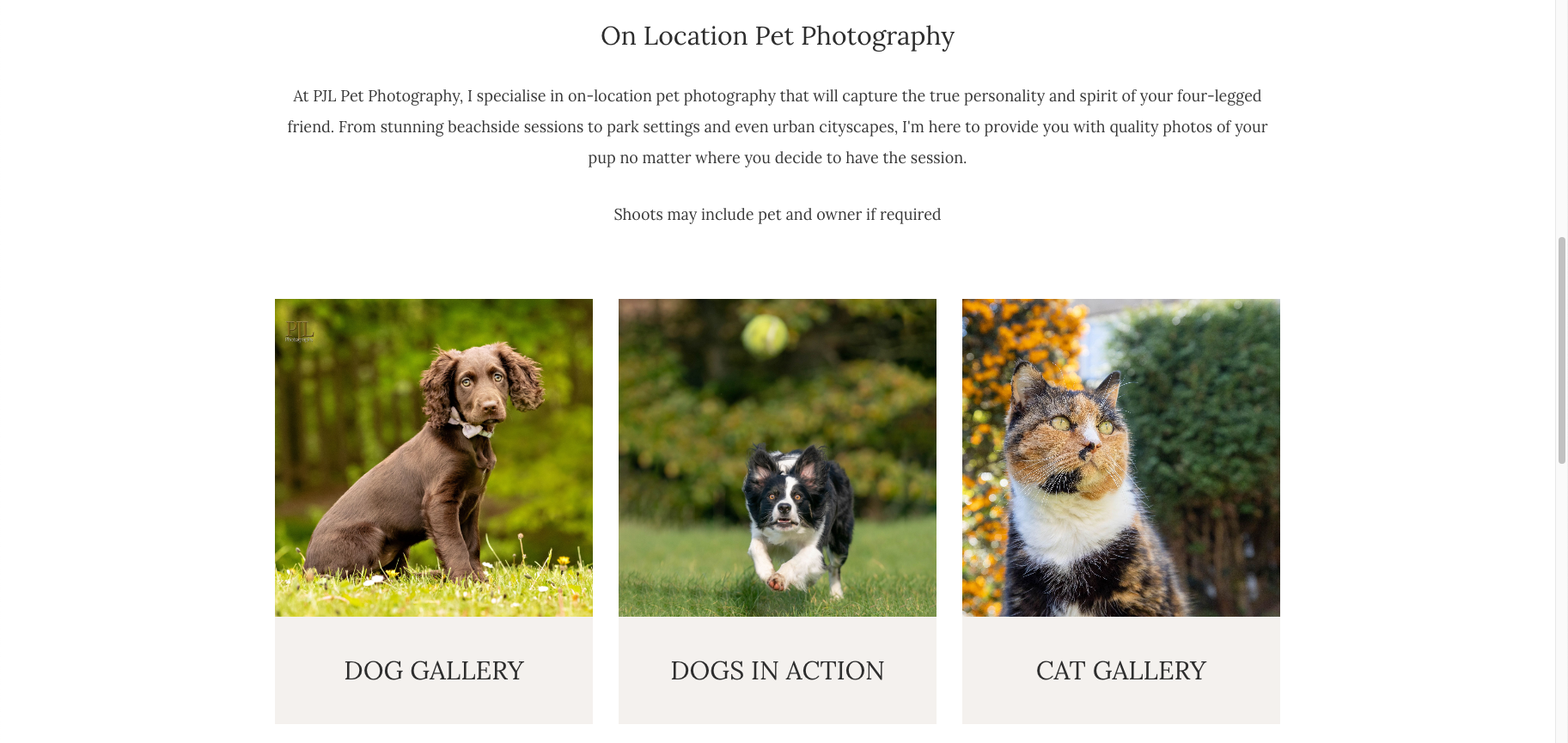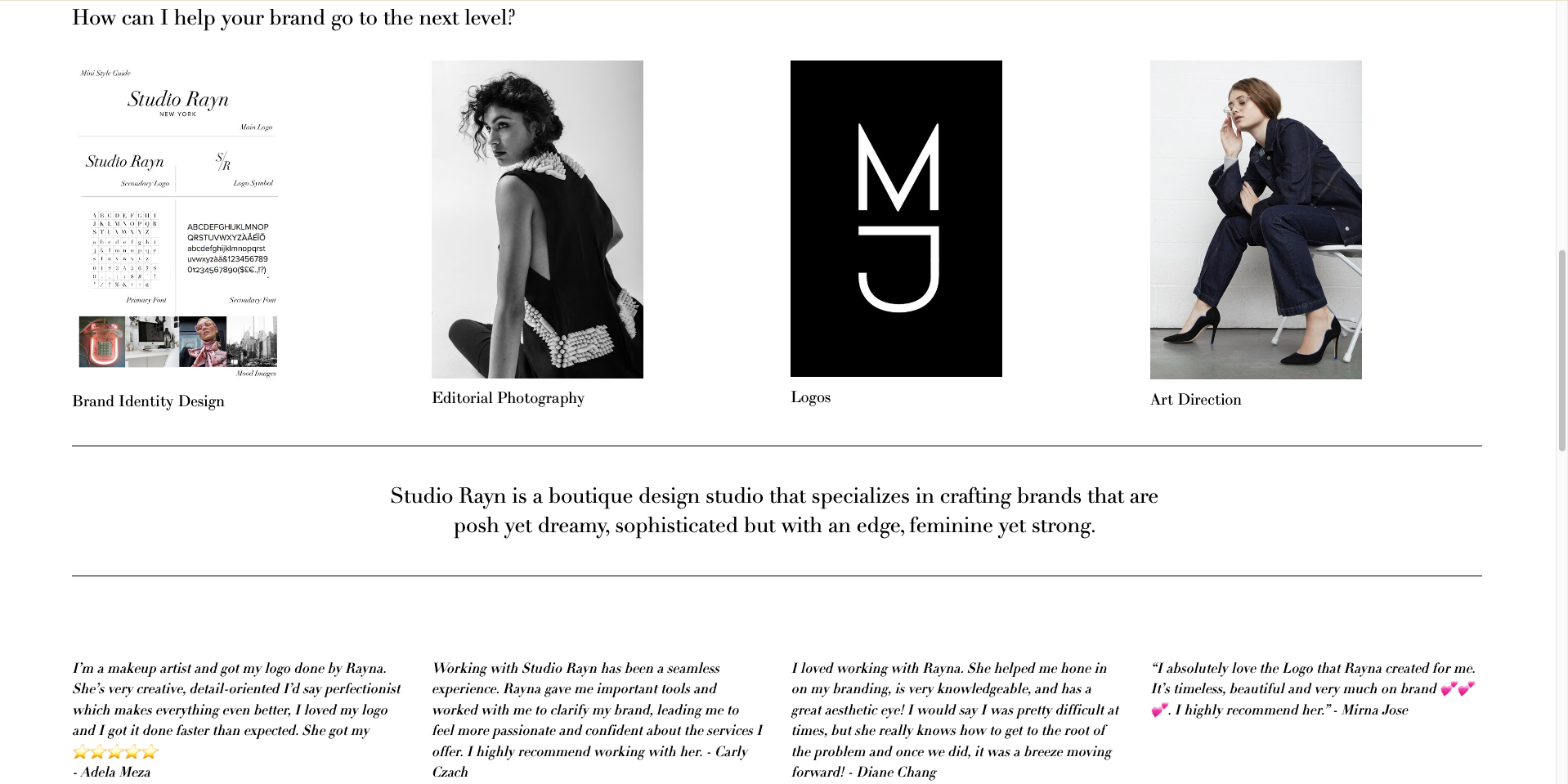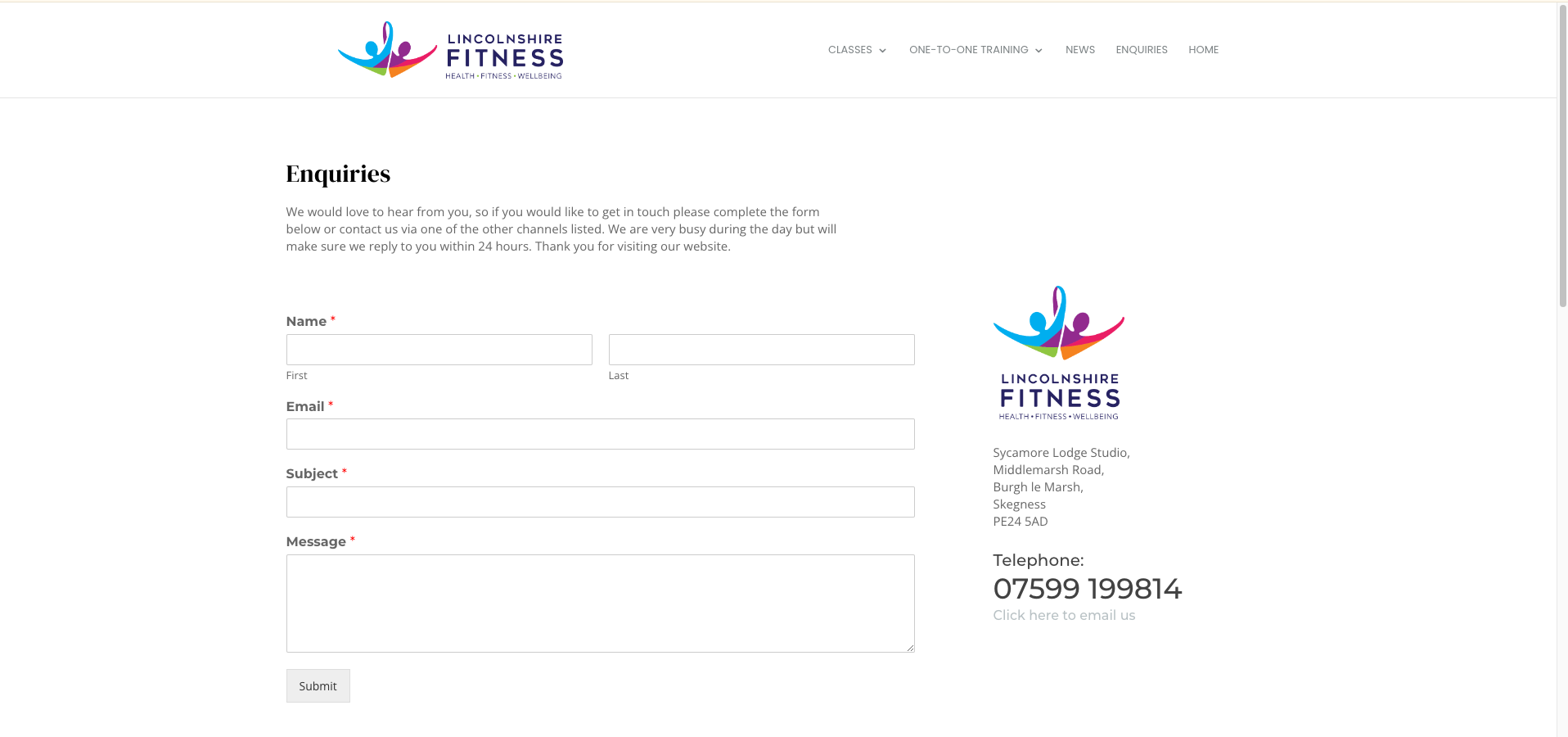
How to Create an Impressive Freelance Portfolio
Creating an impressive freelance portfolio is essential for showcasing your skills and attracting clients in a competitive market.
In this post, we will guide you through:
- What a freelance portfolio is.
- Why it’s important to have one.
- How to create one.
- Some real-life examples.
Whether you’re starting out as a freelancer or revamping your existing portfolio, we’ve got tips to help you stand out and secure more of the projects you want.
What Is a Freelance Portfolio?
A freelance portfolio is a carefully curated collection of the work done by a freelance professional. It highlights their best work, experience, and expertise to potential clients.
Perhaps the term portfolio conjures up images of a case of photographs, artwork, and designs. These days, you’ll more often find them online, either as a standalone portfolio or as part of a freelancer’s website.
Why Is a Portfolio Important?
Put yourself in the shoes of your potential customers – we’ve all been customers, so it should be easy.
If you need someone to do a job for you, you don’t (we hope) just pick one at random and hope for the best. You look for someone who’s going to do a good job for you. But how do you do that? You might ask around for recommendations, but what if you don’t know anyone who’s needed the same type of work done?
You’re probably going to look online. You might do this even for word-of-mouth recommendations to check that the freelancer has the necessary skills to do what you need.
You’ll look for someone with the expertise and experience you can trust, and you’ll want evidence of it. Their portfolio is where you should find it.
So as a freelancer, a portfolio is important because it shows your potential customers what you’ve done and why you’d be a good fit for their work. But there’s more. It’s your opportunity to pitch for the type of work you would like to do and to the customers you would like to work for. And you can do that even without having done so before. Let’s see how.
How to Create a Portfolio
You know what it is and why you should have one, but where and how do you start to create your portfolio? In previous posts we’ve had a look at the process with specific reference to writing and proofreading, but here are our top ten tips for more general application.
1. Choose How to Host Your Portfolio
If you already have a website for your freelance business, that’s a great place to put your portfolio. But what if you don’t?
You could set up a website for your business and include your portfolio on it. Popular website-building platforms include WordPress, Wix, and Squarespace.
Or you could set up a standalone portfolio online. In a separate post, we look at some of the best hosting sites for freelancers.
2. Tailor Your Portfolio to Your Audience and Freelance Niche
You want to show your potential customers that you are a good fit for their needs, so invest time in understanding their specific needs and preferences.
Show that you are a good fit by including relevant details and examples of what you do. Describe the sort of project you love working on (maybe it’s cat photography) or the sort of customer you enjoy working with (fellow freelancers, perhaps). Your enthusiasm will be attractive and the work you attract will be more enjoyable.
3. Select Your Work Samples
The best way to provide evidence of your experience and expertise is to provide examples of it.
It’s likely to be the first thing your customers will want to see, so put your best work in your portfolio. Remember, too, that your samples need to be representative of the work you want to do, so make sure they’re relevant. You may, for example, have taken some brilliant photos of landscapes, but they’re not going to show why you’d be a good fit as a cat photographer.
Don’t worry if you don’t have many samples – quality is better than quantity. But what if you’re just starting out?
4. Create Some Work Samples
It feels like a vicious circle, right? You need a portfolio to attract work but need work to provide examples for your portfolio. What can you do?
Create your own samples. You probably did this in training, or even for fun. And it’s a great way to practice your craft. You could also offer to do some work for free, maybe for friends, family, or your local community.
5. Include Some Testimonials
Remember when you stood in the shoes of a customer and thought about seeking out word-of-mouth recommendations first? This is the online version!
If you’ve done some work and the customer was happy with it – including those lucky recipients of your free work when you were building up some samples – ask them if they’ll provide a testimonial for your portfolio. And do that straight away, while your great work is fresh in their mind.
6. Include Your Qualifications
You’ve gone to the trouble of training, so make sure to list your achievements.
Even if your customer is more interested in the testimonials or samples of your work, being able to evidence your expertise will give your SEO a boost as well as justify your fees.
7. Make It Personal
This will be your portfolio, so include a little bit about you.
Adding an About page to your portfolio is a simple way to achieve this. It needn’t be much – this isn’t your autobiography – but you could include details that show that you have a passion for the work that extends beyond doing the job. And a photograph of you will help – it’s always good to put a face to a name.
8. Make It User Friendly
If your audience can’t find their way around your portfolio, it’s unlikely they’ll find or be bothered to read the information that might persuade them to work with you.
You can instantly make your portfolio appear more user-friendly by being consistent and simple in terms of your color scheme and font choice. If you have a logo, use that as your starting point and take colors from it. As well as looking cohesive, it will help to create or solidify your brand.
Be clear and concise about the service you offer and what makes you a good fit. If you provide several services, list them separately. And have a clear path for interested customers to follow.
9. Don’t Forget Your Contact Details
That path for interested customers to follow should lead them to a simple way to contact you.
You can use a contact form, but it could be as simple as an email address or phone number.
10. Keep It Up to Date
Your portfolio isn’t a once-and-done thing. If it is, then so might be your freelance business!
As you gain more experience and build a larger body of work, you’ll need to update your portfolio to include it. This will show potential customers that you are still a good fit for them.
And if you’ve decided to take a new direction in your work – from landscape photography to cat portraits, for example – then you’ll need to update your portfolio to reflect the change.
Freelance Portfolio Examples
As you’ve seen, your portfolio should reflect you and your work. Freelance work covers a wide variety of areas. To illustrate the points we’ve made, and to give you some ideas of how it can work in real life, we’ve picked out some examples of portfolios of freelancers with different careers.
Journalist
This portfolio, of freelance journalist Steve O’Brien, is kept up to date very well. His most recent work is on a separate page, making it easy to find, and each page includes his photograph, making it personal.

Photographer
This portfolio from PJL Photography clearly shows a specialty in pet photography – as well as a passion for pets. The portfolio has separate sections for cats and dogs, making it easy for customers to see how his services might be a good fit for them.

Graphic Designer
The portfolio of freelance graphic designer Studio Rayn recognizes the importance of testimonials by putting them on the landing page.

Fitness Coach
Here’s a great example from Lincolnshire Fitness of how to provide a clear way for potential customers to get in touch. Several contact options are provided, including a clickable email link.

Becoming A Freelancer
If you’re reading this at the start of your freelance journey, how about gaining some extra skills to include in your portfolio? Our courses provide a great kick start for a flexible, fulfilling new freelance career. Explore the collection here. And for each one, you can try a couple of lessons for free!





Your email address will not be published.